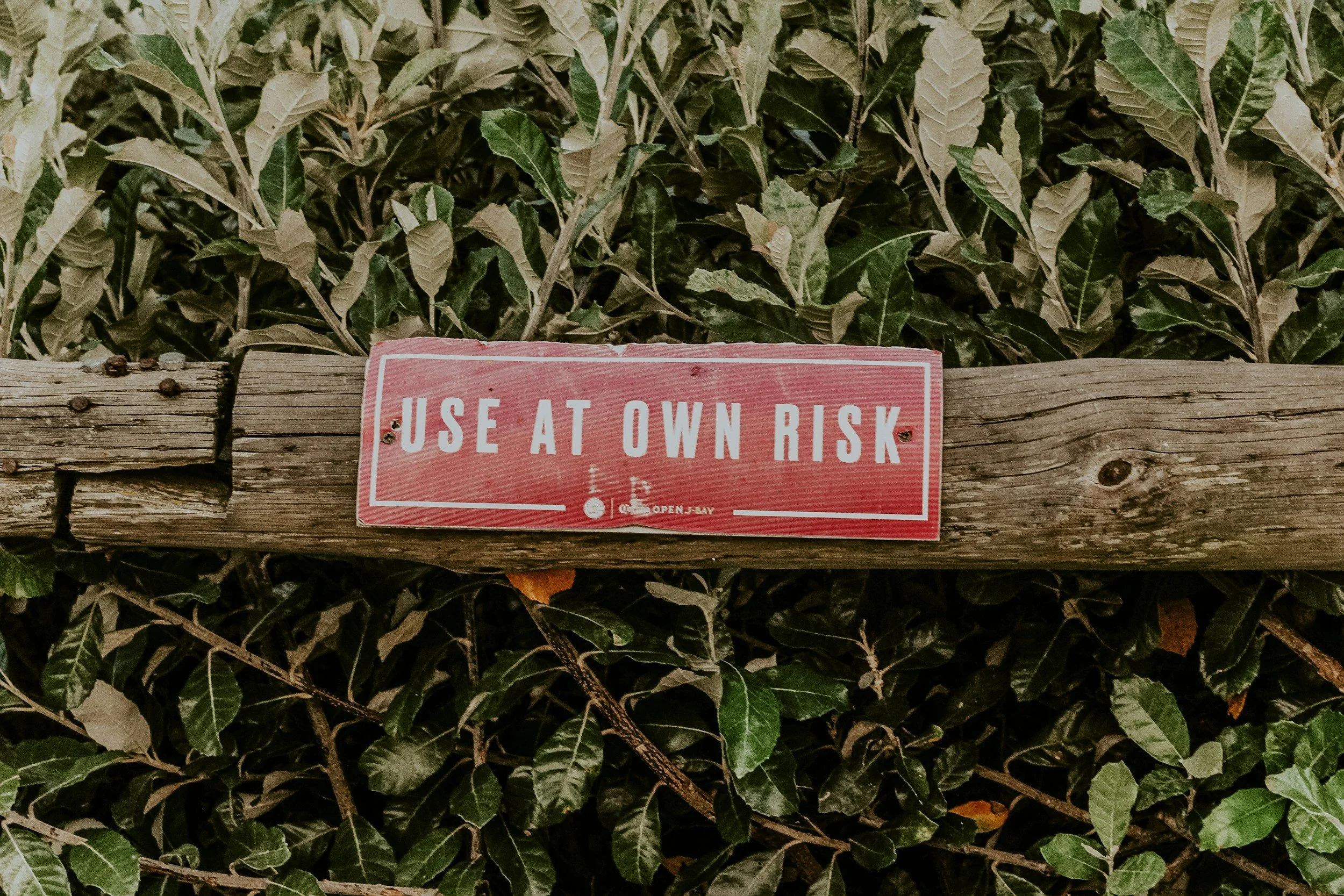What Poor Event Timelines Reveal About Our Industry’s Risk Culture
When timelines go wrong, we tend to blame the obvious things: last-minute changes, late suppliers, poor communication. But underneath those surface-level problems is often something deeper—a cultural blind spot in how our industry thinks about risk.
This article isn’t just about timelines.
It’s about what they represent. Because when timelines are rushed, vague, or incomplete, it’s usually a sign that risk management has been deprioritised, or worse, never considered at all.
The Timeline as a Mirror
Timelines aren’t just admin. They’re decision-making tools. And they reflect how seriously we take planning, communication, and accountability.
A rushed or unclear timeline tells a story:
That planning time was cut short
That priorities shifted too often
That roles and responsibilities weren’t clearly defined
That we’re relying on experience or instinct instead of process
These are all symptoms of a reactive culture—one where problems are dealt with after they happen, not before.
What’s Really at Stake
A poor timeline isn’t just inconvenient. It introduces real risks:
Safety: Compressed bump-in times mean rushed setups and overlooked hazards.
Fatigue: Unrealistic scheduling leads to crew exhaustion, increasing the chance of injury or error.
Financial loss: If one task runs late, it can trigger overtime, rework, or delay penalties.
Reputation: Events that run over time or feel chaotic damage trust with clients and audiences alike.
And yet, timelines are often the last thing locked in, and the first thing sacrificed when things get busy.
Why This Keeps Happening
So why do so many event timelines fall short? There are a few common culprits:
False confidence.
Experienced teams believe they can “make it work,” even if the schedule is tight. That attitude works, until it doesn’t.Overcommitment.
Too many events, not enough time. Timelines become templates, not tailored plans.Budget pressure.
Planners cut corners to reduce costs, and timelines shrink accordingly.Lack of recognition.
Timelines are still viewed as admin, not as essential infrastructure. That mindset trickles down to everyone on the team.
How to Shift the Culture
If you want better events, you need better planning culture. Here’s where to start:
Treat the timeline as a living document.
Update it constantly. Make it visible. Build it into your planning rhythm.Allow proper lead time.
Push back when planning windows are too tight. A rushed start leads to a rushed finish.Use your timeline to model risk.
Ask: where are the bottlenecks? What’s critical path? What’s our fallback if X happens?Get buy-in from all stakeholders.
Don’t keep timelines in isolation. Share them with vendors, crew, clients. Make them part of the conversation, not just a file attachment.Value the role of the planner.
Timelines aren’t just tasks. They reflect strategy, sequencing, foresight. That’s expertise, don’t let it be overlooked.
Final Thoughts
The industry talks a lot about innovation, impact, and experience. But none of that happens without solid planning and timelines are the backbone of it all.
If we want to build safer, smoother, more successful events, we need to stop treating timelines like a formality and start treating them like the risk management tool they are.
It’s not just about timing. It’s about culture.
That’s why experienced event planners use our Event Risk Management Kit, which includes editable registers, risk assessments, and communication plans.
You Might Also Like
Meet Your Mentor
Hey! I’m Rachella — founder of Event Kit and an Event Consultant with 25+ years of experience running world-class festivals and public events. I created Event Kit because I knew there had to be a smarter, less overwhelming way to plan pro-level events.
EVENT KIT LIBRARY
Guides & Tutorials: Expert Insights & Event Planning Inspiration
Your go-to for practical event planning advice, from beginner basics to smart professional development.














